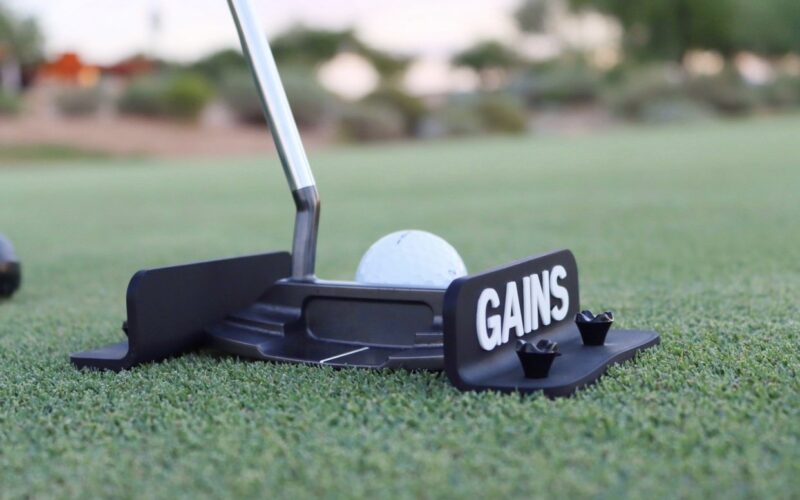There’s a big debate over being steep vs. shallow in the short game. What’s best for the average player? I tried to find out. The post As an average player, is steep or shallow better? I did a deep-dive to find out appeared first on Golf. There’s a big debate over being steep vs. shallow…
How to own your roll on the green — and make more putts

Making more putts comes down to owning your putting-stroke tempo. Here’s how to learn — and own — yours on the greens.
The post How to own your roll on the green — and make more putts appeared first on Golf.
Making more putts comes down to owning your putting-stroke tempo. Here’s how to learn — and own — yours on the greens.
The post How to own your roll on the green — and make more putts appeared first on Golf.
Attention, class: Tempo and speed are different. Tempo is you. On short putts (and short strokes), your putter moves slower but still at your tempo. The same is true on longer putts and longer strokes (where the putter moves at a faster speed).
What’s your tempo? Make 10 strokes back and through, picturing various putt distances. Count out “one, two” on each stroke. You’ll find that, while the pace of your stroke may change, the “one, two” remains the same.
Try this
To really get this right you’re going to putt three balls. For the first, set two tees between your putter and the ball at address. Of course, the tees will stop your putter from moving past impact. This should prove that your finish has nothing to do with how far the ball rolls.
For the next putt, I use a training aid called the Grail ($299), but you can use a few tees just as well. Basically, you set guardrails to denote the backstroke length you used in the first putt and a modicum of a through stroke, say, 30 percent of the backstroke length. Now putt. Again, you’re learning to control distance by controlling the length of your backstroke while maintaining tempo, but this time you get more of a finish.
The third ball? Apply what you’ve just learned to a free stroke. Tempo nailed.
Jerry King is a GOLF Top 100 Teacher who teaches at El Dorado Golf & Beach Club and Chileno Bay Golf & Beach Club in Los Cabos, Mexico and Gozzer Ranch Golf & Lake Club in Harrison, Idaho.
Short Game Gains Path Perfectors
$24.99
The Path Perfectors are designed to help you develop a consistent reliable stroke path and also center contact on the club face. This means a better stroke, better distance control, and in turn, more putts made.
What makes our Path Perfectors different? Glad you asked. Instead of the usual aluminum or steel that most putting gates are made of, ours are built out of a custom silicone blend. Steel and aluminum not only damage your putter, they’re also loud and a little bit irritating. No one else needs to know that your putting stroke sucks, and reminding them with loud clanking against some gates and chipped paint on your putter is probably not the best way to get an invite to the next scramble tournament.
View Product
The post How to own your roll on the green — and make more putts appeared first on Golf.

